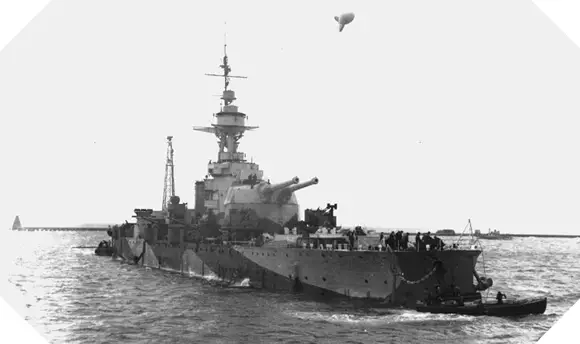
Perhaps it would be better not to name animals after people at all.Īs part of the same shipment that brought the specimens to Cambridge, Wilcox also sent specimens of red-legged pademelon to the Natural History Museum in London and to Norwich Museum. It also sometimes celebrates figures with problematic roles in society. However, this practice rarely credits the many other people involved in scientific advancement. It was very common for species to be named after the people that collected important specimens, patrons who supported expeditions, or many other colonial figures. The specimen Wilcox sent to Cambridge was from the same location - Richmond River, New South Wales. It is now recognised as a subspecies: Thylogale stigmatica wilcoxi. In his letter to the Museum, Wilcox called the padelemon (a small hopping wallaby) Halmaturus wilcoxi – it had been named after Wilcox in 1866, by Frederick McCoy (a curator at National Museum Victoria), as Wilcox had provided McCoy with the specimens used to describe it. Francis was educated at Cambridge, but we do not know the link between Wilcox and Francis. The resulting artifacts are the joint property of the Government of Canada and the Inuit Heritage Trust.They were shipped by James Wilcox to the Museum at the request of a Judge Henry Ralph Francis (1811-1900), who relocated from Sydney back to England at around this time. Divers used special water-heated dive suits to protect them from the bitter aquatic temperatures as they explored the wreck.Īrchaeologists excavated what they believe to be the Second Lieutenant’s cabin, Third Lieutenant’s cabin, and Captain’s Steward’s pantry.
Hms erebus series#
Thanks to the Arctic’s short excavation season, divers, conservators, and Inuit Guardians had only 11 days to complete a series of 56 two-hour dives. The notebook is one of 275 artifacts uncovered from the Erebus in 2022 as teams resume excavation after two years of COVID-related hiatus.

It’s hard not to hope that the pages might contain another small clue as to what, precisely, happened to the lost expedition’s crew members.Ĭurrently, the folio is under analysis in a lab. But as with all Franklin expedition finds, the mystery is appetizing.

The divers found the book in a pantry in the steward’s cabin, so it might be a simple record of food stores. It’s anyone’s guess what sort of information the journal might contain. It actually has the feather quill pen still tucked inside the cover like a journal that you might write in and put on your bedside table before turning in,” Harris - who was also part of the original Erebus discovery - gushed to the CBC. “We came across a folio - a leather book cover, beautifully embossed - with pages inside. The frigid arctic water has a way of preserving organic relics, allowing researchers to make extraordinary finds like the Erebus steward’s journal. Another team found the Erebus‘ sister ship, HMS Terror, two years later.īoth ships are in relatively good shape, as far as these things go. The Japanese 1st Carrier Fleet was then attacked by 9 Blenheim bombers but they. Inuit oral history and traditional knowledge ended up being a key factor in eventually discovering HMS Erebus in 2014. Also the British monitor HMS Erebus (Capt. They tried to trek to safety but perished to a man.Ī series of increasingly desperate rescue missions failed to shed light upon their fate, with the exception of a few tantalizing clues: a sled with two corpses, a grave site, and rumors circulating among local Inuit groups. Locked in the ice for two years, they eventually abandoned the ships in 1848. Sailing from the east, they advanced quite far before making a fatal but understandable wrong turn.

The Franklin expedition set out from England in 1845 to find the Northwest Passage and became its most celebrated victims. Parks Canada teams used remote-operated vehicles like this one to explore the HMS Erebus wreck prior to sending in manned dive teams.


 0 kommentar(er)
0 kommentar(er)
